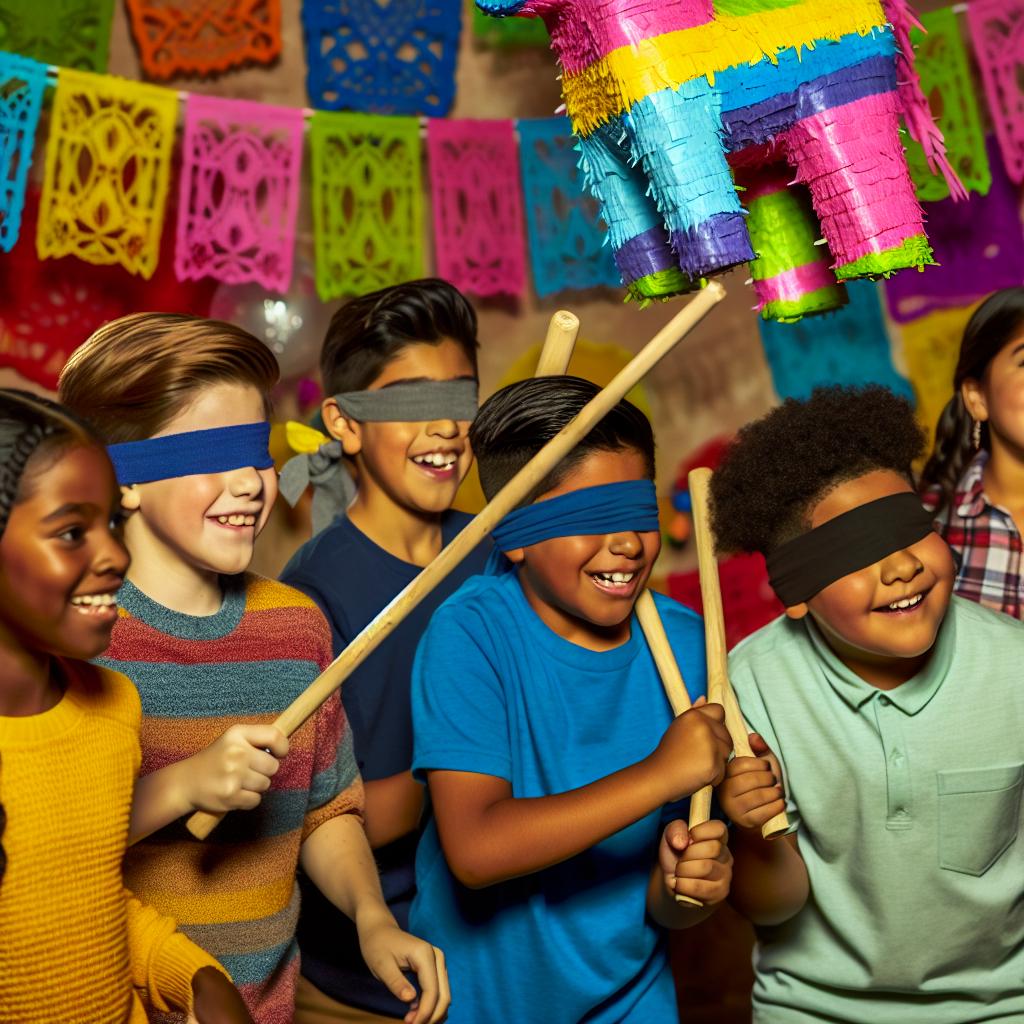The Origins of Piñatas
The use of piñatas in celebrations is an age-old tradition that finds its roots deeply embedded in Mexican culture, as well as the broader traditions of Latin America. While the piñata is often recognized as a symbol of Mexican festivities today, its historical origins stretch far beyond these borders, encompassing a varied and rich cultural history.
Historical Beginnings
The journey of the piñata begins over 700 years ago, in the lands of China. It is believed that the famous Venetian explorer, Marco Polo, encountered the concept during his travels and introduced it to Europe. Initially, in Chinese tradition, a piñata-like structure would be adorned with bright colors. After breaking it open, the remains were often burned, and the ashes retained for good luck. This ritual eventually made its way to Europe, where it took on a new form, integrating into the Lenten celebrations of Italy.
As the idea spread across Europe during the Renaissance and gained popularity in Spain, it underwent further transformation. The Spanish people incorporated it into their own cultural occasions and brought it with them to the New World during the period of conquest and colonization in the 16th century. The piñata was then adapted to fit the ceremonies of the indigenous populations, particularly the Aztecs, who had their own rituals which included similar activities during the celebration of the birthday of the Aztec deity, Huitzilopochtli.
The Symbolism of Piñatas
Piñatas are more than just vessels for sweets; they are imbued with profound symbolism. Traditionally, their structure took that of a star with seven points. Each point was emblematic of one of the seven deadly sins: pride, envy, gluttony, greed, lust, sloth, and wrath. The act of striking the piñata symbolized the annihilation of evil, empowering participants to metaphorically conquer these vices. Upon breaking the structure, the sweets and treats that cascaded forth symbolized the bounteous rewards of faith and virtue triumphing over sin.
Component Symbolism
The symbolism of the piñata is further enriched by its components, each representing a deeper meaning in the ritual.
- The Blindfolded Participant: The person striking the piñata often wears a blindfold, signifying faith. This represents acting with belief and trust, even when not guided by sight.
- The Stick: This object embodies virtue, serving as the tool that dispels evil (the piñata) and helps overcome obstacles.
- The Sweets and Candies: These items are the tangible rewards received once temptation has been vanquished and symbolize the goodness one earns through perseverance.
Modern Uses in Celebrations
In contemporary times, piñatas have become a staple at various celebrations. They are especially prevalent at birthdays, Christmas festivities, and myriad parties. Their designs are no longer restricted to traditional shapes; today’s piñatas can take the form of beloved cartoon heroes or innovative creations that delight both children and adults.
The Process of Breaking a Piñata
The experience of breaking a piñata is a structured yet delightfully hectic activity. Participants queue up, each one taking a turn to be blindfolded and challenge their aim to hit the suspended piñata with a stick. The excitement mounts as the sound of cracking paper fills the air, stirring anticipation among those gathered. Both children and adults revel in the festive ambiance, eagerly anticipating the shower of treats concealed within.
Challenges and Adaptations
Despite the enduring appeal of this tradition, the piñata has faced challenges when it comes to safety and environmental concerns. Sociocultural evolution has urged the adaptation of this practice to prioritize safety. Modern piñatas sometimes utilize safer construction materials to minimize harm and reduce the environmental footprint. Additionally, alternatives like piñata-style containers that limit debris and streamline clean-up processes have been developed to ensure the tradition remains enjoyable and sustainable.
The Global Spread of Piñatas
Initially rooted in the festivities of Latin American cultures, the allure of the piñata has transcended its cultural origins to find a place in celebrations worldwide. Whether part of a birthday in the United States, a festive occasion in Europe, or a cultural event elsewhere, the piñata’s universal charm unites people of all ages and backgrounds. The element of suspense and anticipation inherent in breaking a piñata has universal resonance, cementing its status as a cherished element in diverse celebrations.
For those interested in exploring the cultural impacts and evolutionary significance of piñatas across regions, a wealth of information is available through cultural centers and local historical foundations. These institutions offer resources for those eager to delve deeper into the historical journeys and symbolic richness of this enduring tradition.







